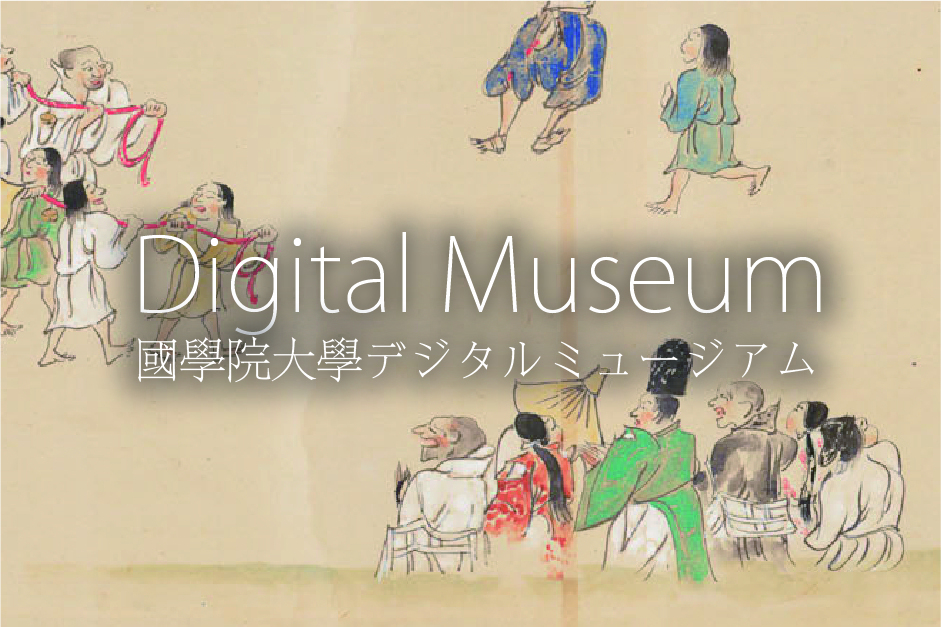- トップ
- Encyclopedia of Shinto
- Modern shrine ranking system
Encyclopedia of Shinto
| Main Menu: | |
| Links: |
詳細表示 (Complete Article)
| カテゴリー1: | 3. Institutions and Administrative Practices |
|---|---|
| カテゴリー2: | Modern and Contemporary |
| Title | Modern shrine ranking system |
| Text | A system introduced by the Meiji government to rank shrines. After its founding, the Restoration government sought to gain control of all shrines in the land and to that end quickly instituted a shrine survey. On the fourteenth day of the fifth month in 1871 the Dajōkan (Council of State) promulgated an edict which became the basis of the modern shrine system. The edict established a broad distinction between kansha (official shrines) and shosha (assorted shrines), and it placed some ninety-seven shrines in the former category. The kansha category was further sub-divided into major, intermediate and minor kanpeisha (imperial shrines) and major, intermediate and minor kokuheisha (national shrines). Both were under the jurisdiction of the Jingikan (Department of Divinities), but whereas rites at the former were supervised by the Jingikan itself, those at the latter were the responsibility of local authorities. The terms kanpei and kokuhei — meaning offerings from the Jingikan and offerings from the state (koku) respectively — were derived from Engishiki. The same edict sub-divided the shosha category into fusha, hansha, kensha and gōsha, terms referring respectively to officially-sanctioned shrines in municipal districts, feudal domains, prefectures and rural districts. Since feudal domains (han) were abolished in 1871, no shrines were ever placed in the domain category. Of the ninety-seven shrines that were allocated to the kansha category, twenty-nine, including Kamowakeikazuchi Jinja, were classified as major shrines and six were ranked as intermediate shrines (including Umemiya shrine, which is today's Umemiya Taisha). At first, however, there were no shrines in the minor category. Sapporo shrine was the first in this category, and was promoted in 1872 from its earlier minor kokuhei shrine status. The kanpeisha group was centered upon shrines with strong ties to the imperial court; the twenty-two shrines of the Heian period were prominent amongst these. The provincial ichi no miya constituted the core of the kokuhei shrines. The major category remained vacant until 1915 when Keta Jinja was elevated to this category from its erstwhile intermediate rank. There were forty-five shrines in the intermediate category, including Aekuni Jinja. The seventeen minor shrines included Toga Jinja. Subsequently, a new special category (bekkaku kanpeisha) was established for shrines of significance that seemed to fit in neither of the above categories. The first of these shrines was Minatogawa Jinja. The shrine ranking put major kanpeisha at the very top of the hierarchy, followed by major kokuheisha, intermediate kanpeisha, intermediate kokuheisha, minor kanpeisha, minor kokuheisha, and finally bekkaku kanpeisha. The only substantial difference between the kanpei and kokuhei categories was that the offerings (heihaku) for the annual rites (reisai) of the former were funded by the Jingikan, the Shikiburyō (Ceremonial Affairs Section) within the Seiin (the highest organ in the Council of State) and subsequently the imperial court; the latter by contrast were drawn from state coffers. At first, only the kanpeisha could display the chrysanthemum emblem of the imperial family on shrine buildings but permission to do so was granted to kokuheisha in 1874. With regard to the municipal and prefectural shrines (the fusha and kensha) in the shosha category, the municipal and prefectural authorities were charged with their veneration and the so-called rural district shrines (gōsha) were designed to function as local protector shrines (ubusunasha). Most of these designations were made between 1872 and 1873. Beneath the rural district shrines there subsequently emerged the sub-category of sonsha (village shrines), but these were not yet mentioned in the earlier cited edict of the fifth month of 1871. Their identity as subordinate to rural district shrines was established in the gōsha teisoku edict of the seventh month. While the modern shrine system can be said to have its beginnings in that historic edict of the fifth month of 1871, in truth the situation was extremely fluid at that time. Over the course of pre-war history, more and more shrines were classified as kansha (state shrines), municipal shrines, prefectural shrines, or district shrines. In other instances, lower ranking official shrines were promoted to higher status. Indeed, in 1945 more than 220 shrines were classified as kansha. — Sakamoto Koremaru |





